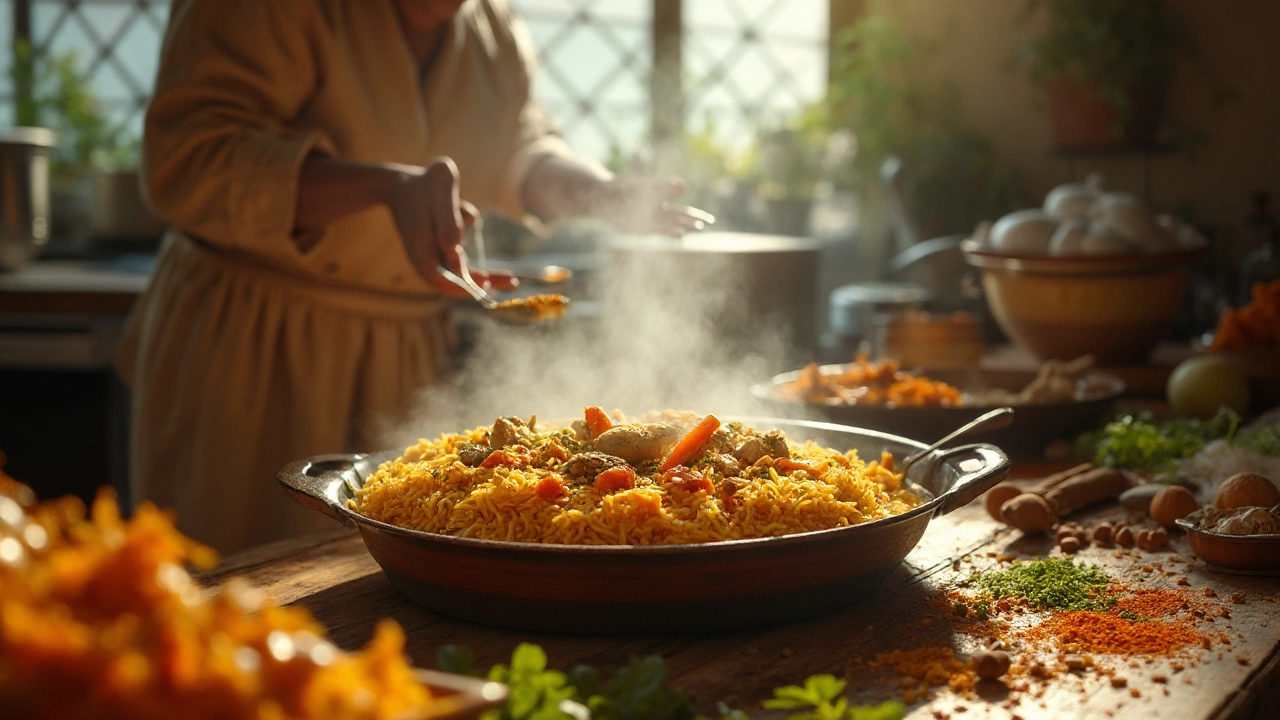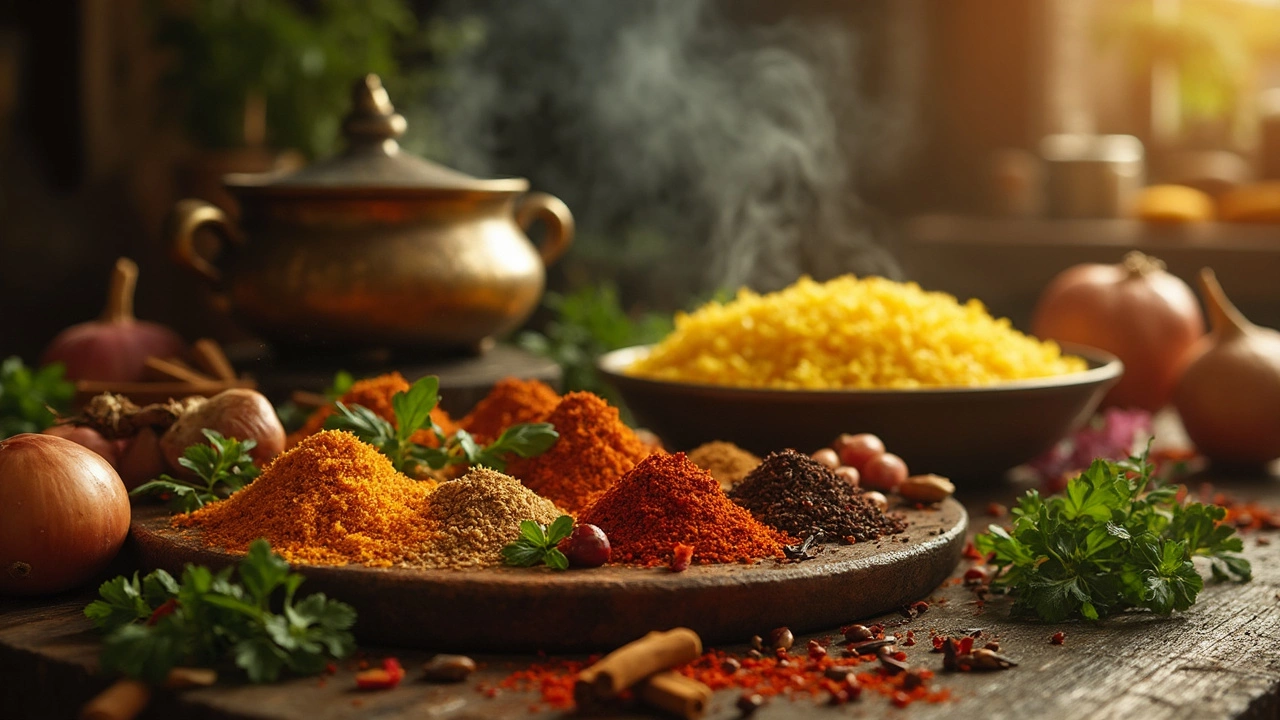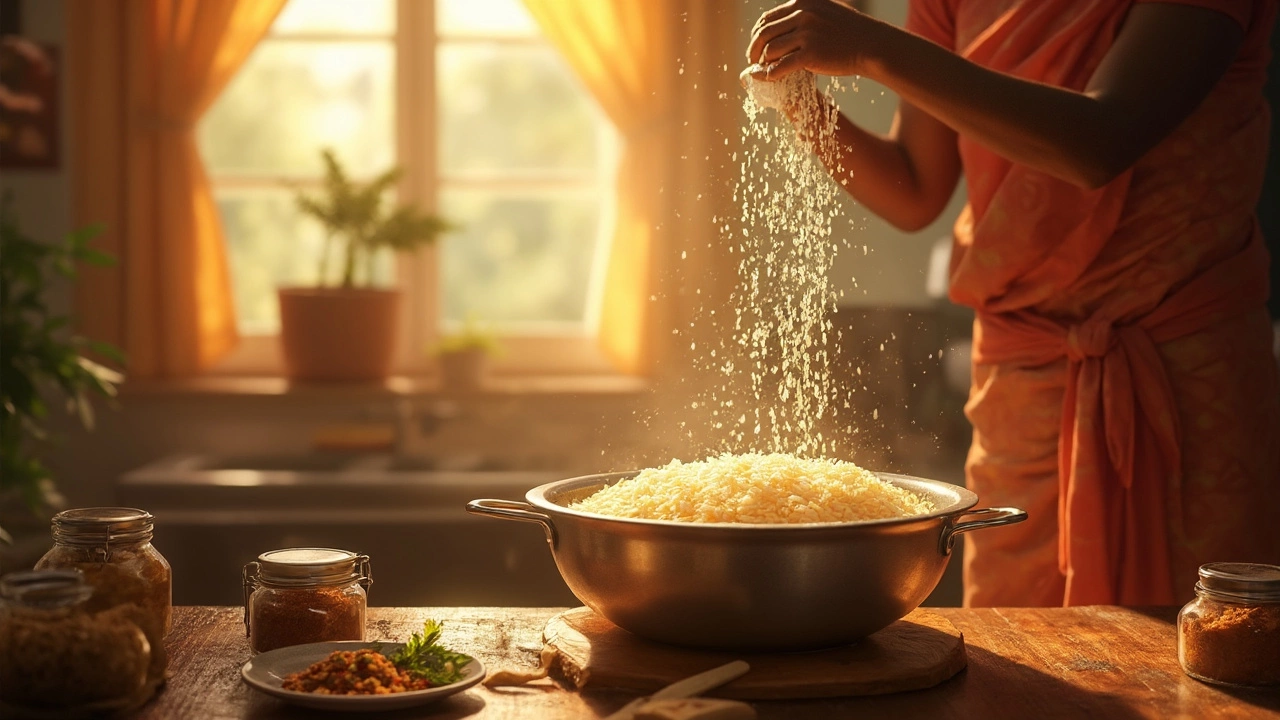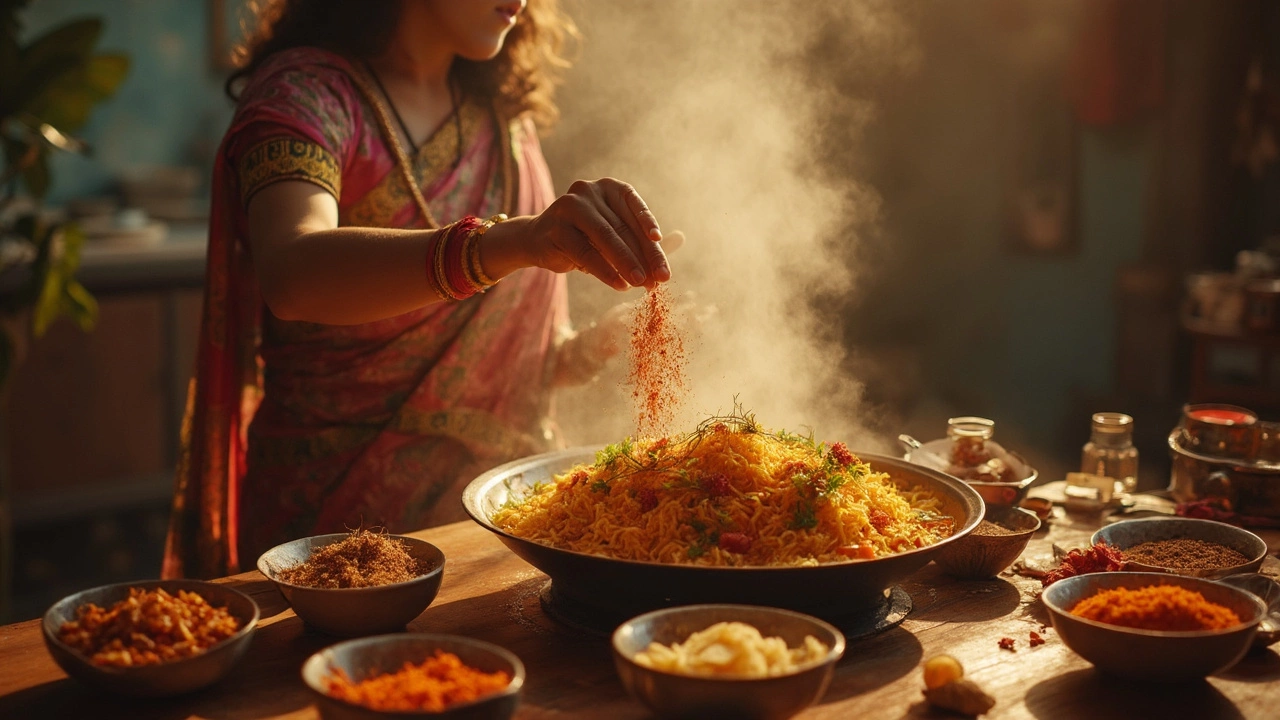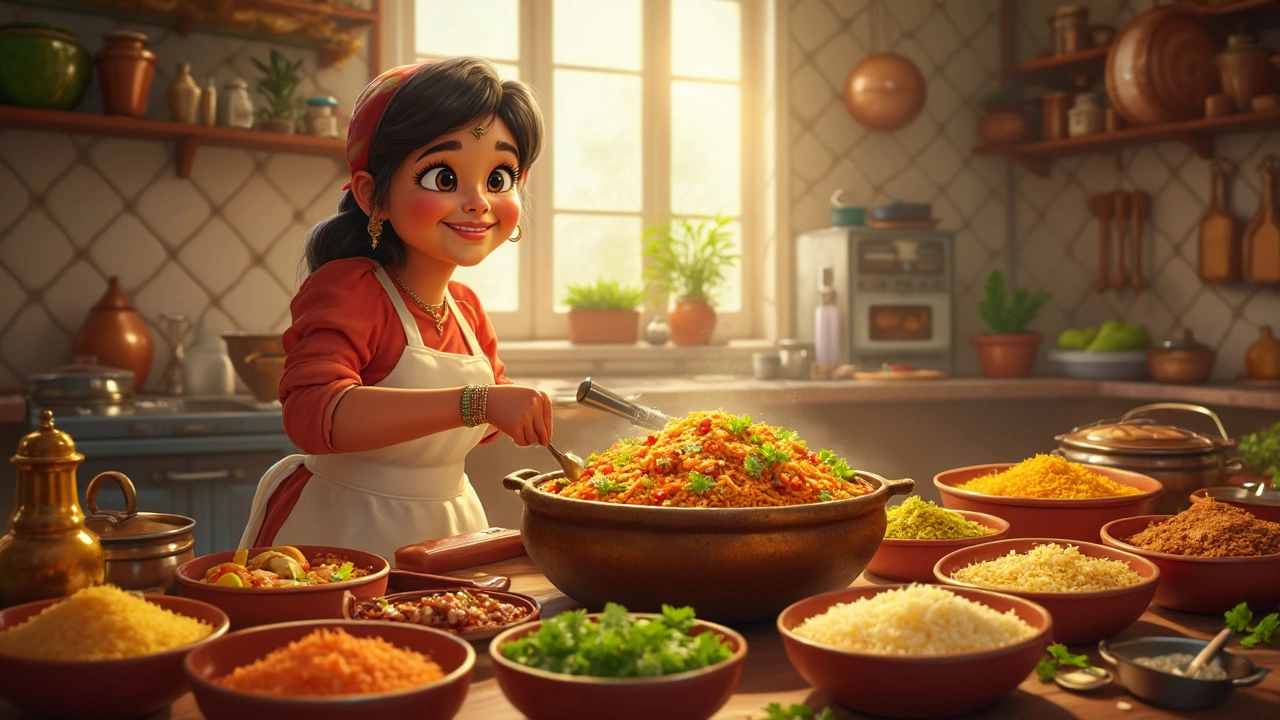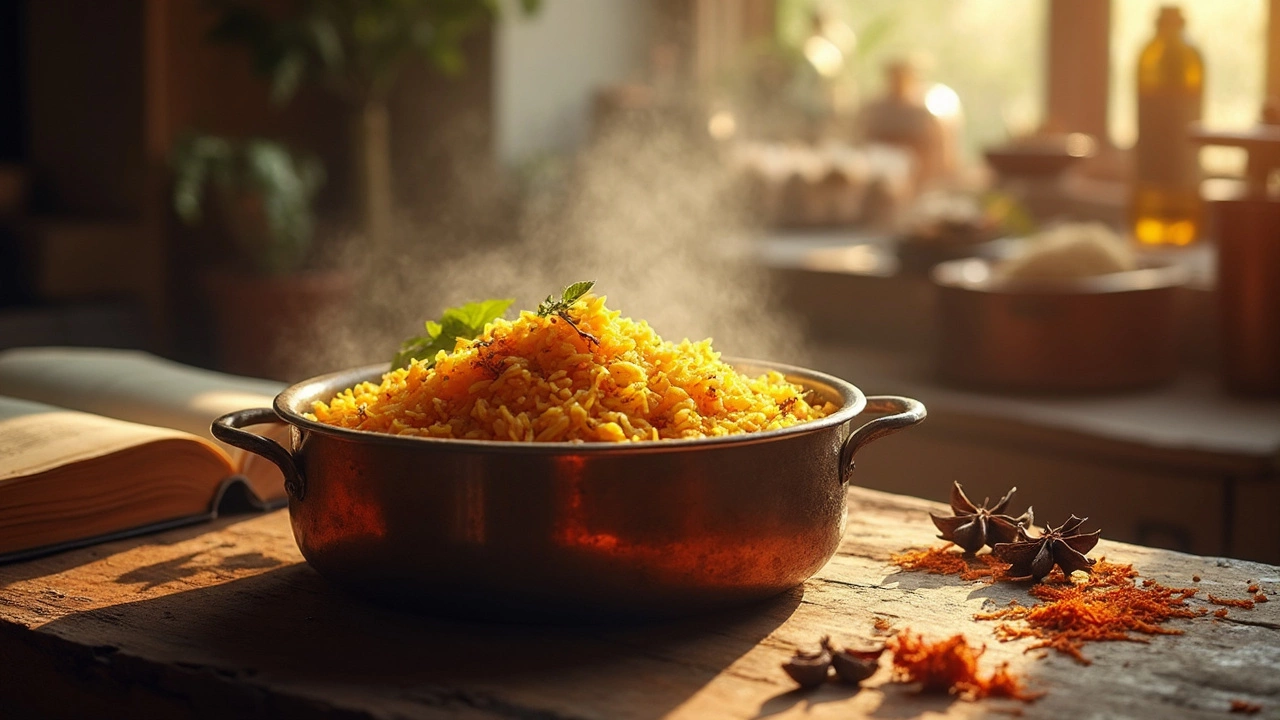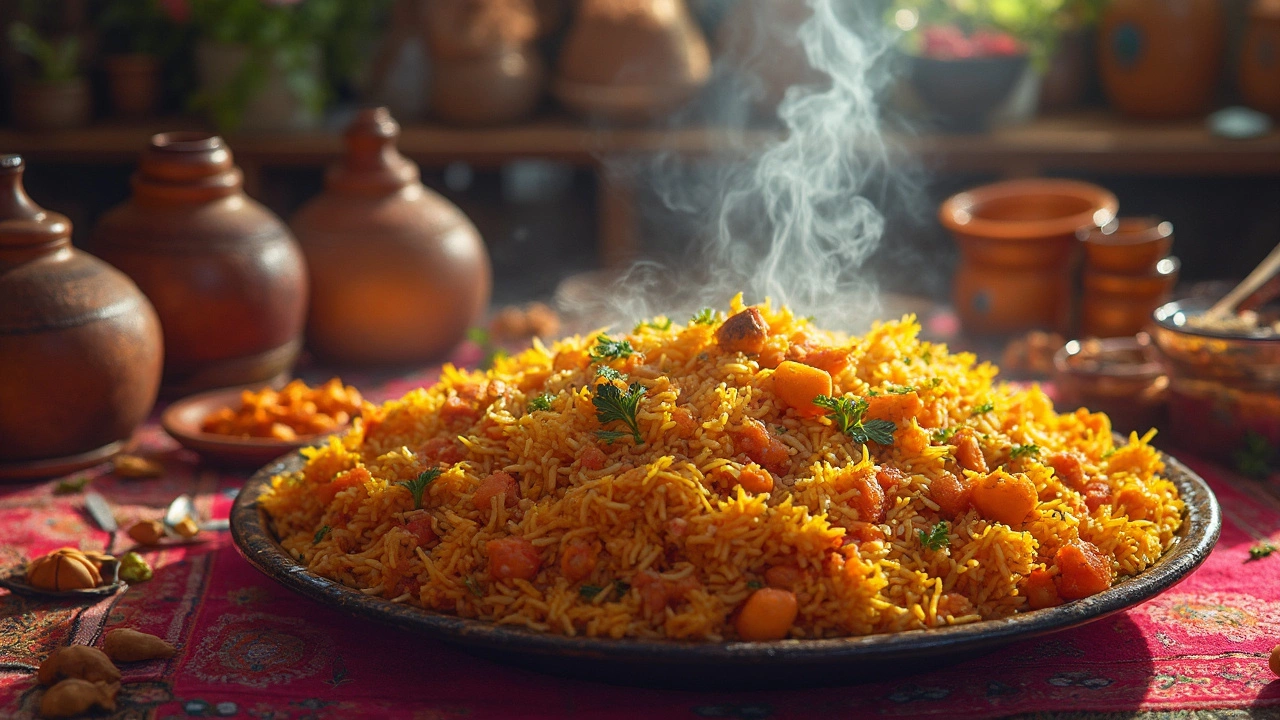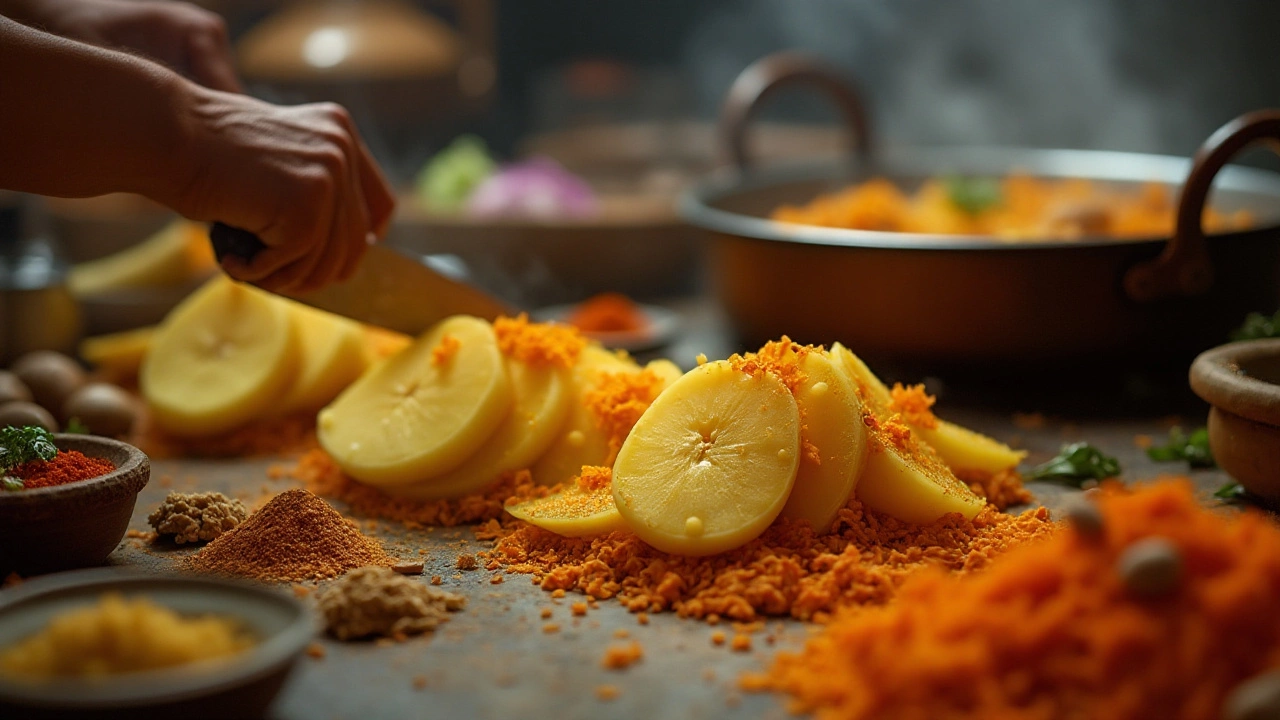Biryani recipe: Easy tips for perfect rice and flavor
If you think biryani is only for chefs, think again. With the right steps, anyone can nail the fluffy rice, fragrant spices, and juicy meat. This guide grabs the most common roadblocks and gives you clear, bite‑size advice you can follow right away.
Get the rice right – the foundation of every biryani
Start with high‑quality basmati. Rinse it three times until the water runs clear – that washes away excess starch and stops the grains from sticking. Soak the rice for at least 30 minutes; this short soak lets each grain absorb water and stay separate when you steam it later.
When you’re ready to cook, use a 1:1.5 rice‑to‑water ratio (1 cup rice, 1.5 cups water). Add a pinch of salt, a few drops of oil, and a whole cinnamon stick or a bay leaf. Bring it to a boil, then simmer uncovered for 5 minutes before turning off the heat. Let the pot sit, covered, for another 10 minutes. The rice should be about 70% done – firm but not hard. This stage is called ‘parboiling’ and it’s what keeps the rice from turning mushy during the final steam.
Layer spices like a pro – building flavor step by step
The magic of biryani lives in its spice mix. A basic blend includes green cardamom, cloves, cinnamon, bay leaves, and star anise. Toast these whole spices in a dry pan for 30 seconds until they become aromatic. Then grind them with a mortar or spice grinder – fresh ground spices are way more potent than pre‑ground powders.
Next, make a simple masala: sauté chopped onions in ghee or oil until deep golden, add ginger‑garlic paste, and cook for a minute. Toss in diced tomatoes, a splash of yogurt, and the ground spice mix. Cook until the oil separates from the gravy – that signals the flavors have melded.
Now comes the layering. In a heavy‑bottomed pot, spread a thin layer of the cooked masala, then a layer of par‑boiled rice. Sprinkle fried onions, chopped mint, cilantro, and a few saffron‑infused milk droplets. Repeat the layers until you run out of ingredients, finishing with a rice layer topped with the remaining herbs and a drizzle of ghee.
Seal the pot tightly with a lid or dough seal and cook on low heat (dum) for 20‑25 minutes. The steam inside will finish the rice, infuse the spices, and bring everything together. Resist the urge to open the lid early – that lets the steam escape and can make the rice dry.
Common mistakes? Overcooking the rice, using too much water, or skipping the resting time after parboiling. Also, don’t dump all the spices at once; layering them gives each bite a balanced punch.
Want a shortcut? Use a pressure cooker for the rice – set it to low pressure for 2 whistles, then let the pressure release naturally before layering. It saves time without sacrificing texture.
Finally, let the biryani rest for 5 minutes after you turn off the heat. This pause lets the flavors settle and makes it easier to serve without breaking the rice grains.
With these simple steps – rinsed basmati, proper par‑boiling, fresh spice grinding, and careful layering – you’ll serve a biryani that tastes like it came from a restaurant. Grab your ingredients, follow the process, and enjoy the applause at the dinner table.
Why Is Biryani So Hard to Make? Expert Tips for Mastering Authentic Biryani at Home
Uncover why biryani challenges even experienced cooks, from perfecting rice texture to mastering spice layers. Get real tips and facts for authentic results.
Why Is Biryani So Delicious? Inside the Taste, Spices, and Secrets
Discover what makes biryani so tasty—from the fragrant spices to the layered cooking. Dive into its flavorful secrets and tips to make your own irresistible biryani.
How Long Should I Soak Basmati Rice for Biryani?
Getting that perfect pot of biryani really comes down to how you treat your basmati rice. This article explains exactly how long you should soak basmati rice before using it in biryani, and why this step makes such a big difference. You'll find practical tips, real kitchen advice, and answers to the most common mistakes. Discover how soaking time affects texture and flavor, and learn the little tweaks that help you serve the fluffiest biryani on the block. No complicated science—just clear, everyday cooking wisdom.
Secret Ingredient for Biryani: What Really Makes It Special?
Wondering what gives biryani that unforgettable flavor? This article gets straight into the heart of the dish, breaking down what actually counts as the 'secret ingredient.' You'll get facts, tips, and practical advice, whether you're a home cook or ordering from your favorite spot. Discover what matters most, what to experiment with, and how to take your biryani beyond basic. Get the real scoop on making biryani stand out.
Biryani Without Meat: What Is It Called and How Do You Make It?
Curious about biryani without meat? This article digs right into what it's called, the history behind veggie versions, and tips on making a killer pot yourself. Get to know the key ingredients, popular regional names, and little-known facts about meatless biryani. There’s even advice for nailing the flavors without using chicken, mutton, or seafood. Whether you’re a longtime vegetarian or just running out of chicken, this read sorts out your biryani doubts fast.
Biryani Secret Ingredients: What Really Makes It Stand Out?
Ever wondered why biryani at home never tastes quite like the one from your favorite restaurant? The magic lies in a handful of secret ingredients and age-old tricks that most recipes don’t share up front. This article unpacks those hidden hero ingredients, along with tips on how to use them for perfect biryani every time. Say goodbye to bland rice and hello to flavor-packed bites. You’ll get authentic advice, practical tips, and insights that will up your biryani game instantly.
What Essence is Used in Biryani: Unlocking the Fragrant Secret
Biryani, a beloved dish celebrated for its vibrant flavors and aromas, owes much of its appeal to the use of special essences. These include rose water and kewra water, which lend a unique fragrance and depth to the dish. Understanding these ingredients and how they enhance biryani can elevate your cooking game. Explore practical tips and insights to perfect your own biryani masterpiece.
Biryani: Is It Truly Indian or Pakistani?
Biryani is a flavorful and aromatic dish that has sparked a delicious debate over its origins. Whether Indian or Pakistani, it's loved globally for its rich blend of spices and perfectly cooked rice. We'll dive into its history, variations, and recipes that make biryani a beloved masterpiece. Discover the tips and tricks for making an authentic biryani at home, from marinating meat to achieving the perfect rice texture.
The Aromatic Debate: Why Potatoes Belong in Biryani
Potatoes in biryani are a culinary quirk that provokes discussion among food enthusiasts. The inclusion of potatoes can be attributed to regional variations, lifestyle influences, and practical reasons. This flavorful addition not only enhances the biryani's texture but also offers nutritional benefits. Discover the history, regional twists, and some tips on making the most of this ingredient in your biryani.
